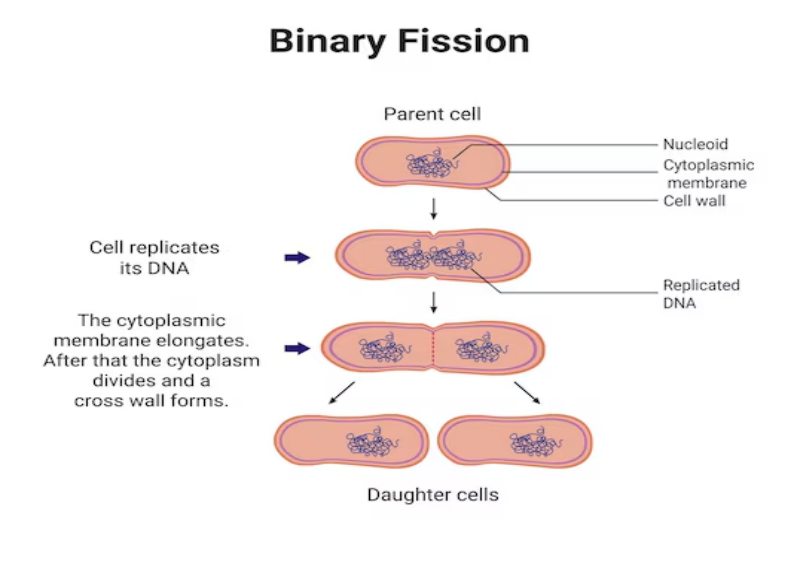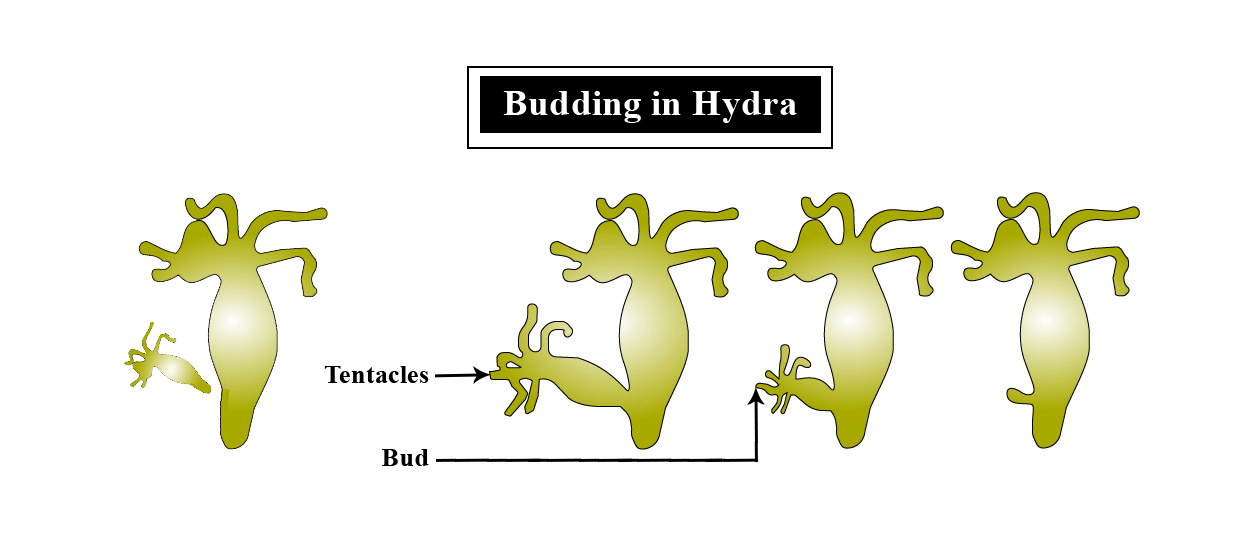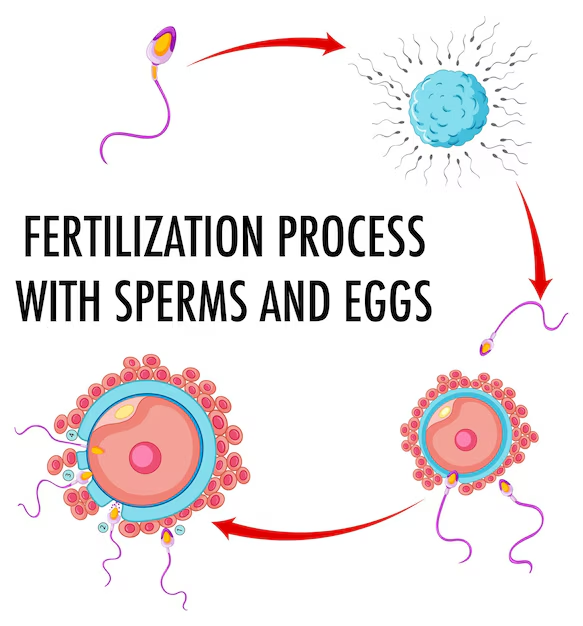




What is Reproduction in Organisms- Important Notes for NEET Preparation
Reproduction is a fundamental biological process through which organisms produce offspring to ensure the continuity of their species. It is an essential life process that allows genetic material to be passed from one generation to another.
Types of Reproduction in Animals
Reproduction can be broadly classified into two types-
Asexual reproduction- a single parent produces genetically identical offspring
Sexual reproduction- It involves the fusion of male and female gametes, leading to genetic variation.
The mode of reproduction varies among different organisms, depending on their complexity and environmental conditions.
Asexual Reproduction
In asexual reproduction, methods such as binary fission, budding, fragmentation, and spore formation are commonly observed in unicellular and some multicellular organisms like bacteria, fungi, and certain plants.
Sexual Reproduction
On the other hand, sexual reproduction occurs in both plants and animals, involving the formation of gametes through meiosis, followed by fertilization. This type of reproduction enhances genetic diversity, which plays a crucial role in evolution and adaptability.
The reproductive cycle of an organism is influenced by various factors such as age, habitat, and reproductive strategies, making reproduction a dynamic and vital aspect of life.
Asexual Reproduction
Asexual reproduction involves a single parent and produces genetically identical offspring.
It occurs without the involvement of gametes (sperm or egg cells).
Common in unicellular organisms, fungi, plants, and some animals.
It ensures rapid population growth but lacks genetic variation.
Methods of Asexual Reproduction
Binary Fission – In this method, a single parent cell divides into two equal daughter cells, each carrying identical genetic material. It is commonly seen in unicellular organisms like bacteria and Amoeba, allowing rapid population growth under favorable conditions.

Budding – A small outgrowth, called a bud, develops on the parent organism due to repeated cell division. This bud eventually detaches and grows into an independent organism. This method is observed in yeast and simple animals like Hydra.

Fragmentation – The parent organism breaks into two or more fragments, and each fragment regenerates into a complete individual. This method is seen in multicellular organisms such as starfish, spirogyra, and planaria, which can regrow lost body parts.

Spore Formation – Certain organisms produce spores, which are tiny, lightweight, and resistant reproductive structures. These spores are dispersed by air, water, or other means, and when they land in favorable conditions, they germinate into new organisms. This method is common in fungi, algae, and some bacteria.

Sexual Reproduction
Involves Two Parents – Sexual reproduction requires male and female gametes (sperm and egg) from two parents.
Genetic Variation – Offspring have a mix of genetic traits from both parents, leading to diversity.
Complex Process – It includes pre-fertilization, fertilization, and post-fertilization stages.
Occurs in Plants and Animals – Found in humans, animals, and flowering plants, ensuring species survival.

Stages of Sexual Reproduction
Pre-Fertilization – This stage includes gamete formation (sperms in males, eggs in females) and their transfer. In animals, sperm is transferred to the female body, while in plants, pollen reaches the stigma of a flower through pollination.
Fertilization – It is the fusion of male and female gametes to form a zygote. This process can be internal (inside the body, as in humans and birds) or external (outside the body, as in fish and amphibians). The zygote carries genetic material from both parents.
Post-Fertilization – After fertilization, the zygote undergoes cell division and develops into an embryo. In animals, this leads to the formation of a baby, while in plants, it results in seed formation, which later grows into a new plant.
Conclusion
Reproduction is a vital biological process that ensures the survival and continuation of species. Organisms reproduce either asexually, producing identical offspring quickly, or sexually, leading to genetic variation and adaptability. Both methods play a crucial role in maintaining biodiversity and enabling species to thrive in different environments.
Essential Study Materials for NEET UG Success
Reproduction in Organisms and Its Types

 Share
ShareFAQs on Reproduction in Organisms and Its Types
1. What is the reproduction of organisms?
Reproduction is the biological process through which organisms produce offspring to ensure the survival of their species. It can occur through asexual or sexual means, depending on the complexity of the organism.
2. What are the three types of reproduction?
The three types of reproduction are-
Asexual reproduction – Offspring are produced from a single parent without gamete fusion (e.g., binary fission in Amoeba).
Sexual reproduction – Involves the fusion of male and female gametes, leading to genetic diversity (e.g., reproduction in Humans and Plants).
Artificial reproduction – Methods used in biotechnology, such as cloning and tissue culture, to propagate organisms artificially.
3. What is reproduction in organisms in Class 12?
In Class 12 Biology, reproduction in organisms is studied under the chapter "Reproduction in Organisms." It covers the types of reproduction (asexual and sexual), reproductive structures, reproductive cycles, and reproductive strategies in various organisms, explaining how species continue across generations.
4. What is reproduction in organisms in Class 11?
In Class 11 Biology, reproduction is introduced as a fundamental life process. The focus is on the importance of reproduction, different modes of reproduction (asexual and sexual), and examples from both plants and animals. This lays the foundation for more detailed reproductive biology studied in Class 12.
5. What is reproduction in organisms?
Reproduction is the biological process by which organisms produce offspring to ensure the continuation of their species. It can occur through asexual or sexual means.
6. What are the main types of reproduction?
The two main types of reproduction are asexual reproduction, where a single parent produces identical offspring, and sexual reproduction, which involves the fusion of male and female gametes, leading to genetic variation.
7. What are some examples of asexually reproducing organisms?
Examples include Amoeba and Paramecium (binary fission), Yeast and Hydra (budding), Rhizopus (spore formation), and plants like Potato and Bryophyllum (vegetative propagation).
8. Why is sexual reproduction important?
Sexual reproduction introduces genetic variation, which helps species adapt to changing environments, enhances survival, and supports evolution through natural selection.
9. What are some organisms that reproduce sexually?
Examples include Humans, Lions, Frogs, Mango trees, and Sunflowers. Some microorganisms like Mushrooms and Chlamydomonas also reproduce sexually under certain conditions.
10. How does reproduction contribute to evolution?
Reproduction, especially sexual reproduction, promotes genetic diversity, which drives natural selection and evolution. It helps species develop beneficial traits over generations, increasing their chances of survival.




















 Watch Video
Watch Video


